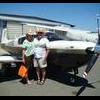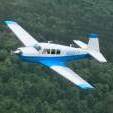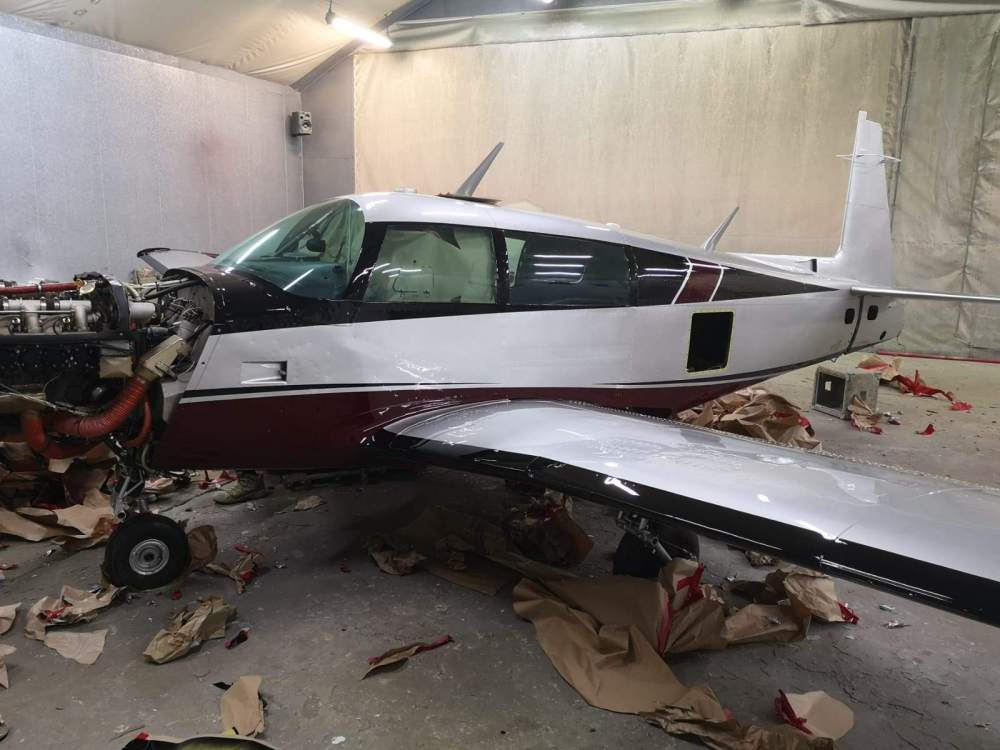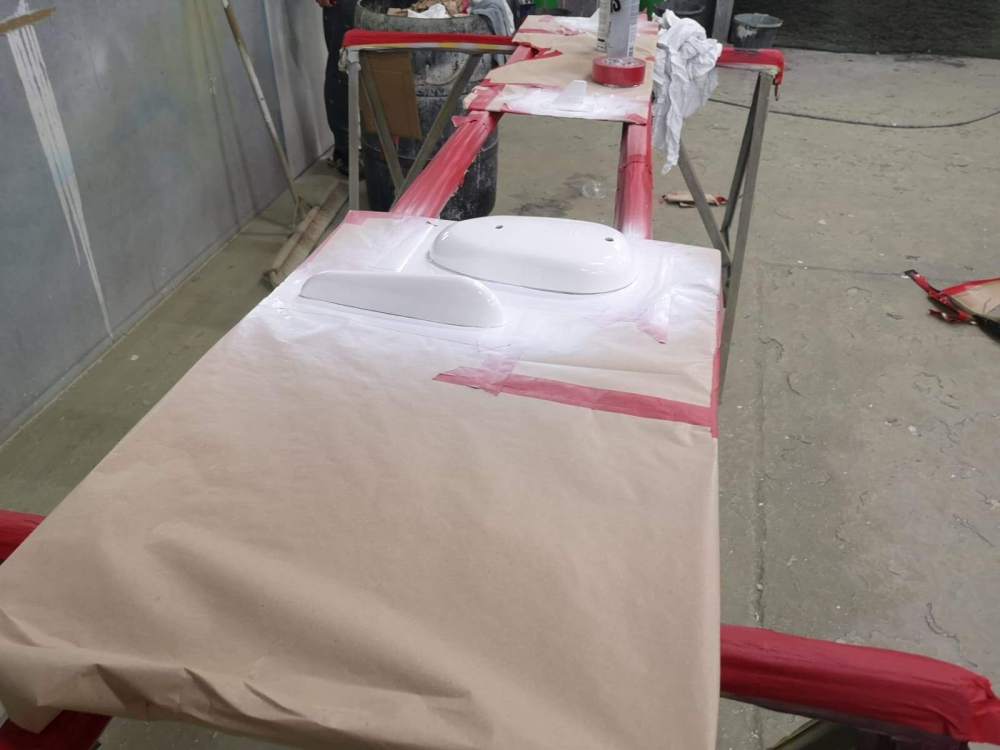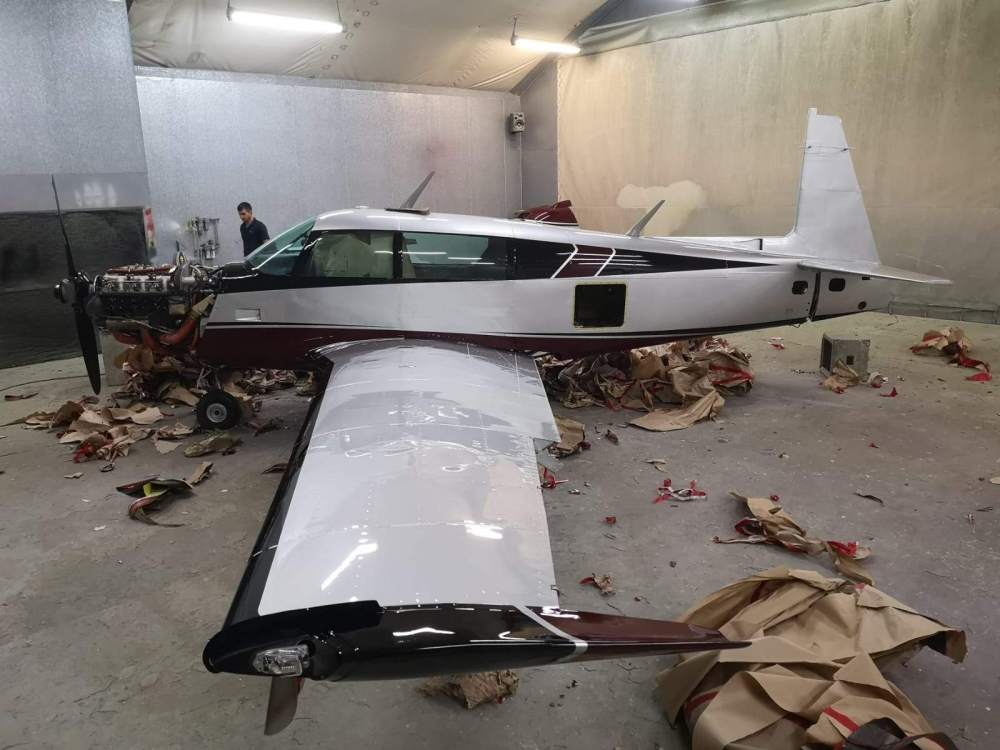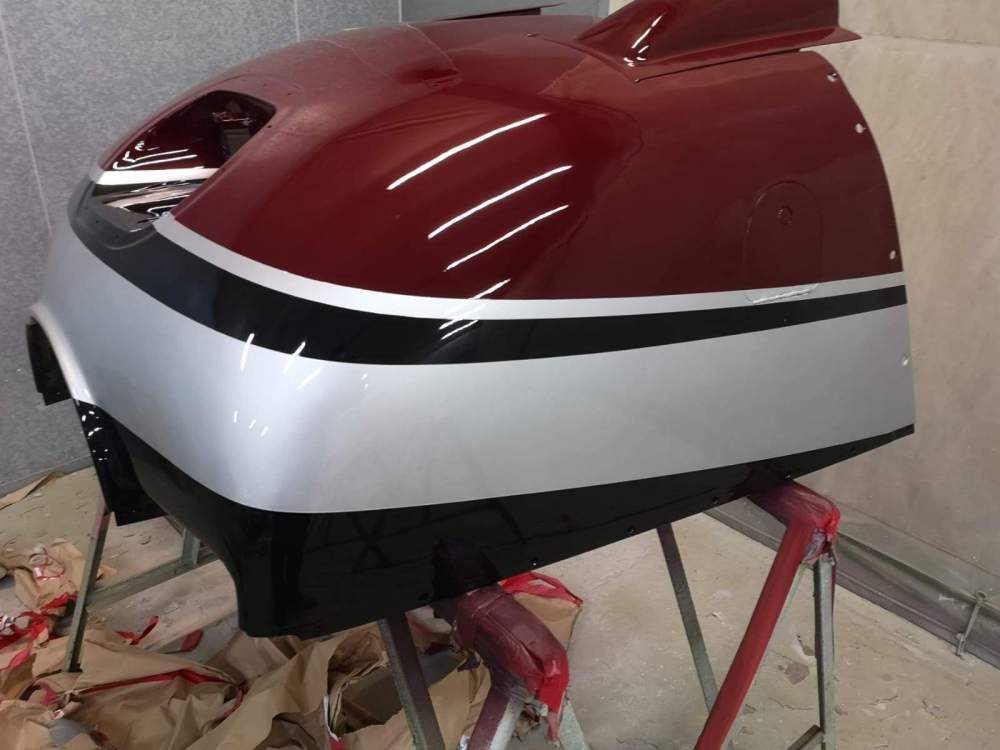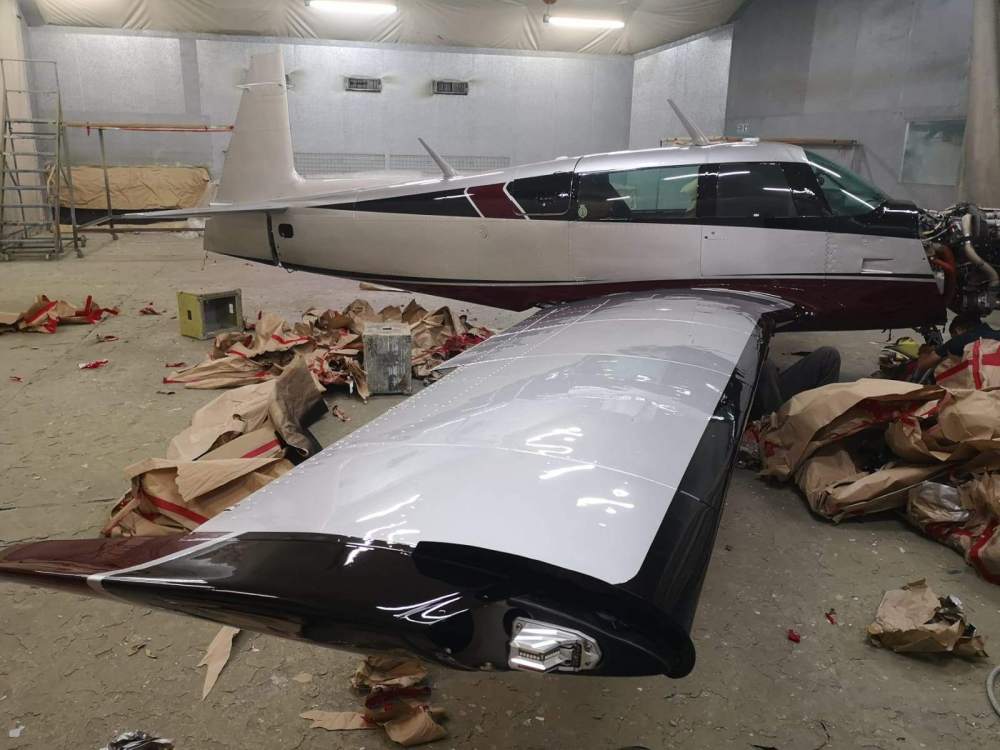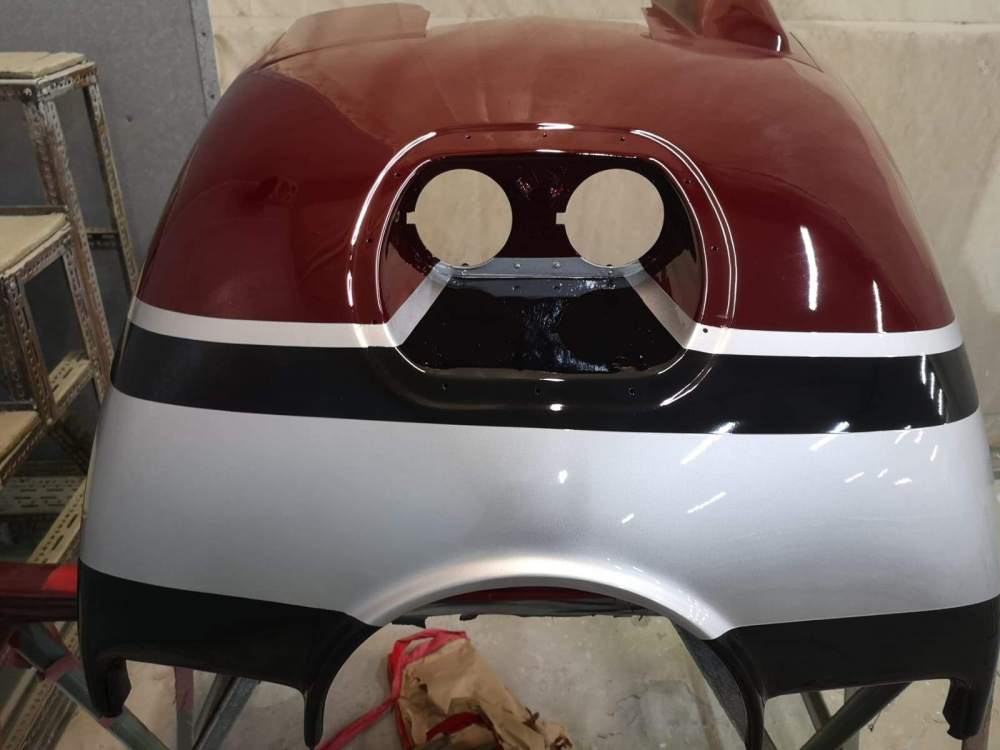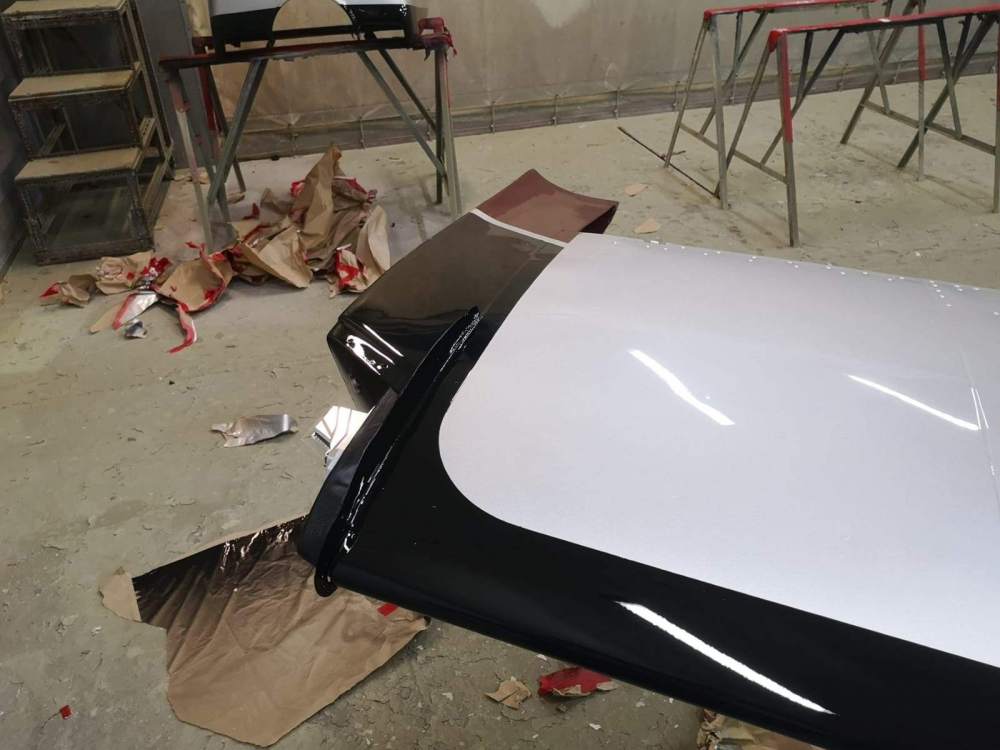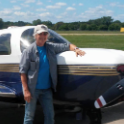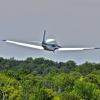Leaderboard
Popular Content
Showing content with the highest reputation on 09/04/2019 in all areas
-
Seats, headrests, carpet and most of the side panels done. Still need to do a little repair to two panels that's why all the screws aren't installed. Still have the windlace to install but I have had it with hot an humid. It'll be a cold day in...uh, where was I going with that? Several little questions, Dodd Stretch, owner of Airtex phoned me with an answer. Once, over the Labor Day weekend, by the pool with a drink in his hand. Terrific customer support. One of the questions was how to put a 12x8x5 block of foam with a 3x7 piece of sheet metal glue in it into the headrest cover. Can't be done. Dodd said just get it all prepped, put it in a garbage bag and stick a shop vac hose in the bag. Turn it on and it sucked the foam block down to about half size. Put it in the cover and turn the vac off. Rip out the plastic bag. I'm old and have seen some neat things. That ranked up there. Okay, maybe it was a slow week. In case you're wondering, the carpet is easy. Headliner, intimidating but not too bad. Seats were unexpectedly easy. Repairing the old brittle plastic side panels, then repainting, most of the time was spent here. Next job, instrument panel redo.3 points
-
The Dick Rochfort guideline for ATC communications: Tell them what you prefer Tell them what you will accept Everything else, tell them 'unable.' If I am polite and precise with my requests I find ATC will try to do what I want.3 points
-
I came out of New Garden about 15 years ago, with 1500' ceilings and had filed an IFR clearance........ then direct to KIMT, on a Sunday afternoon (Yep, I know...... I didn't actually think I was going to get it). SO, the FBO is closed, no payphone (they had them in those days) and no cell coverage. So... I launch VFR and attempt to pick up the clearance airborne. The Philly controllers response was priceless. "You actually think I'm giving you an IFR clearance, DIRECT, AIRBORNE??" "You should have called me on the ground". I explained what I just typed above and he came back with "the best I can give you is VFR flight following". Yippee 100+ miles west before ceilings go up, stuck at VFR 1,000' AGL. A few minutes later another controller comes on, clearly a supervisor, and asks if I'm ready to copy an IFR Clearance (I swear I could detect some cynicism in his voice too). I said yes and he rattled off a really fast clearance with at least 10 way points before getting over mid-Ohio, then direct to KIMT. I read it back to him twice as fast as he read it to me and got "read back correct". At that point he probably realized I knew what I was doing, but just had no clue what to file for routing since I was from the upper Midwest, and totally unfamiliar with that area. In less than 15 minutes, the same controller came back with "cleared DIRECT destination". I guess I had served my suspension in the penalty box. Tom3 points
-
Slipped to Rocket Into Gaston’s this weekend. Getting in Consisted of a RNAV 22 at FLP to get below the Clouds. After that it was no Issue at all. Getting Out was a little more of an eye opener though. I am use to a F Model going into an out of Gaston’s, which done great on the way out. Advancing the power in the Turbo Plane much slower put me further down the pasture before it really woke up(32+MP). Once the engine woke up an the wing got happy, it was no issue at all. Will definitely do it agin. Any added information on the October Fly-in?3 points
-
Dev - I know you are relatively low time IFR pilot and it is hard to be in an "analysis mode" when you have a heavy workload. When I brief an approach plate, I am telling myself what I should expect coming from the direction I am arriving from. This helps with the mental preparation if things go sideways. I have seen far stranger things from controllers. They are human. The advice you are being given is correct -- "ask". My favorite Philly story is calling approach control for a clearance on the ground out of New Garden. The controller gave me a circuitous route heading east about 40 miles east before going to the westerly direction I needed to go towards. When I got in the air, the controller asked me if I was on a IFR training flight and why I was flying so far east when I intended to head west. I felt like saying "because you're the knuckleheads that gave me this clearance" but instead graciously accepted a due west waypoint. This stuff happens. With experience you'll learn when it is important to ask for clarification or what you want and also know that there are times, short of declaring an emergency, you ain't going to get it.3 points
-
I was quite surprised at how light electric step actuator is and simple it was to install. For grins I wanted see what would happen if turn off the beacon in flight at 120 mph IAS (max gear extension speed) and at 130 mph no problems. I outfitted the step temporary with a string potentiometer (so I knew position of the step by it's resistance) and then mounted a gopro facing aft. I used an aluminium plate drilled to match the existing inspection panel. So the plate mounted over the existing inspection panel with bolt for the camera to verify the step position. A bit over kill and mainly because I could. Sort of a pointless experiment but I get a kick out of irritating and annoying non technical bosses at work. you would think working aerospace industry I might get critique. James '67C2 points
-
I fly with an O2D2 system in the Mooney and an original EDS in my glider. I am biased because I am friends with the the founder of MH, but I know there is a great deal of physiology behind the MH systems. The pulse strength and duration are designed to optimize oxygen delivery. I like that you can set the MH to an altitude and it will turn on and off automatically. It also monitors if you are not breathing enough and gives you reminders.2 points
-
O2D2 fan here. I regularly fly above FL200 and like the reassuring sound the O2D2 makes giving you the shot of O2. If I don't hear that sound, I know I'm not getting any.2 points
-
it gives you something to do in Cruise. And for that it is worth the money.2 points
-
Better to forgot you left the gear down than to forget you left the gear up...2 points
-
Can it be "Yesterday's Flight"? My CFI and I flew my new plane home yesterday: We stopped for fuel in KPGA and KHBR, deviated around buildups just west of ABQ, and spent a good bit of time riding the mid-day bumps over NM and TX. Wheels up in NV at 7am local, tied down in AR at 9:15pm local. It'll be quite some time before I fly that much in one day again... I got pictures en route to KPGA, but threw my phone in the back seat when we got ready to leave Page and I forgot to take any more pictures. Ah well, here are a couple I did get: And of course, the obligatory picture of the plane in Page:2 points
-
these guys know Mooneys very well, including, flight controls, landing gear, fuel tank sealing, etc. With their staff combined, they probably have 100yrs of experience with the Mooney aircraft. http://oasisaero.com2 points
-
Interesting topic. When I first got my instrument rating I felt like what ATC told me to do was an order and it was my responsibility to follow it exactly. Over time, I’ve come to realize that ATC instructions are offers which you can accept or reject. In fact, as PIC you have not only the option but the responsibility to reject ATC instructions which jeopardize the safety of flight. Ive had several instances where doing what ATC told me to do would have potentially harmed myself or someone else. Realistically, I think about 99.5% of what ATC tells me to do I agree with, but part of your responsibility is to find that 0.5% that is unsafe and call them on it. From the comfort of my couch, here is what I might have done: ATC: Fly direct PACKS, maintain 3000 until established, clear RNAV (although they should have included a distance to the fix). ME: Unable. That would not put me in a position to make a stabilized approach and landing. I would like to vectors to the final approach course. Would it have worked? I don’t know. Bottom line is that if you don’t feel it’s safe, you don’t have to do it. I have found > 99% of air traffic controllers to be professional and reasonable so I think the odds are in your favor. We’re all human and make mistakes but fortunately we have the same goal when it comes to arriving safely so it should be rare that you can’t work something out. Thank you for sharing your experience.2 points
-
I flew a rather interesting SID and VOR DME approach the other day. Lots of arcs and a circle to land from 15 to 33.. Hope you enjoy.1 point
-
My fiancé and I have completed two Pilots N Paws flight rescuing 4 dogs so far. Unfortunately, the second one didn’t go as planned...but that’s what you get in general aviation sometimes. Anyways, I hope you all enjoy the videos!1 point
-
For $9.5k USD, it seems like a whole lotta the same. Maybe a little more vibration than the McCauley, maybe a little quieter in cruise? I won't say there was any obvious performance difference. My wife thinks it looks better, though. I checked my records, I was incorrect, the new McCauley was actually about $10.5k and about the same lead time, so it was actually a little more expensive than the new Hartzell. Somebody said I got a screaming deal on the Hartzell, but at the time it sure didn't feel like it1 point
-
Well back to the flight comparison...some important points are missing in comparing the two designs.The bonanzas flap is much more effective than the Mooney’s simple hinge.Combined with its oleo struts ,landings are much easier and better for short fields.The design is much more forgiving compared to Mooney’s attempts at 10 kts over with a tendency to bounce with prop strikes.Construction of the Bonanza reveals poorly designed elevator hinges...a simple steel stamped fitting with a an bolt...very wear prevalent...a constant hassle on my similarly hinged Baron.The 33/35 magnesium Elevator (ruddervator)skins are prone to corrosion (magnesium is a very reactive metal)Skins are not currently being manufactured ,nor is even the magnesium sheet currently available.Parts costs have always been breath takingly high on Beech products...though Mooney is learning fast!9 years ago Mooney charged me 900 for a complete instrument panel,painted matching grey and placards pre silk screened.Remember those Baron elevator brackets I kept replacing???200 a pop for a simple sheet steel u bracket.Now my hangar partner tells me they are over 500 for his A36.The Baron tail was prone to flutter at high speed and I could tell it was time when I could feel it in the yoke.My Bravo uses a captured ball bearing design covered with gap seals...very nice.My Bravo handles xwind landing better,not nearly requiring the control imputes.It is very stable in both roll and pitch...much easier to hand fly on instrument than either bonanzas or Barons.A vtail in bumpy turbulence ,on long flights really requires a yaw dampener!Back seat passengers have gotten sea sick with the incessant tail wag.This is not seen in the straight tails nearly as much so this points to a longitudinal instability.(An extreme example of this is shown by installing floats to an airframe,instant instability in yaw)Both my Bravo and the Baron it replaced were very similar in speed at 12 k.1 point
-
I'd give Dan @LASAR a call. I don't know where else, except an owner taking a pict of theirs. I might be able to do that soon.1 point
-
60k is probably the max i want to go right now. this is a first plane, somewhat of a "training" plane to get my instrument and commercial license and fly it afterwards with the family. i don't really care to buy a 172 or cherokee im gonna get fed up with the slow speed on in a year...looking at mooney, arrows, grumman tigers, beeches etc.1 point
-
1 point
-
Check with Tommy Lenhart, he did my prebuy/ annual a few weeks ago and is also a Mooney owner/ knowledgeable. (770) 468-7470, he’s out of KOPN. Sent from my iPhone using Tapatalk1 point
-
Okay, thanks for the update. I always enjoy your videos. Looks like you make perfect use of your plane. It's also great that your wife enjoys flying with you. I did my first out of state flying last week and it was awesome. Your videos were my inspiration throughout my training. Hope to fly the Hudson River corridor with you sometime. If you are ever in the LA area. I'll take you up to fly the LA basin airspace. It's an eye opener but training here prepared me well when I got my ppl. IMG_4387_(1).MOV1 point
-
I have the PF conserver (just one station) and have been very pleased, although I'm an infrequent user. I don't think you can go wrong with either choice. Sent from my LG-US996 using Tapatalk1 point
-
I have a precise flight and it has been a reliable performer. I have flown with O2D2 also. It worked fine too. the difference I noticed was the Precise flight has you drawing in the oxygen with your breath, the O2D2 kind of shoots a blast of oxygen in. I never notice the flow with the precise flight, but I do with the O2D2.1 point
-
There are plenty of people around here running the O2D2... And a few with cascade systems in their hangar... Looks like precise flight has a favorite aircraft manufacturer... https://www.preciseflight.com/general-aviation/shop/product/preciseflow-demand-conserver/ Best regards, -a-1 point
-
Congrats on the new bird, really like the paint scheme, but please on topic which is "Today's flight"1 point
-
Maybe he tends to fly locally and a cross-country scares him. Hard to know what’s in a seller’s mind until you ask. Caveat Emptor.1 point
-
Like others said, watch the oxygen and time at altitude. But also, look out for get-home-itis. It's a real killer. That's where an Instrument Rating can help, but even IFR flights are susceptible and have been brought down by a case of it.1 point
-
1 point
-
This is my personal soapbox, but I think we underestimate the impact of mild hypoxia. For me the symptoms start out super mild around 5,000ft, and I am basically an idiot by 9,000. So, for about 0.1AMU, I put together an O2 kit from Amazon parts (D cylinder + medical regulator + nasal canula), and fill it up for .02 AMU at a local dive shop. I use a $20 pulse oximeter to keep my saturation at 94%, and the bottle lasts me about 2 hours. Oxygen is basically cheap IQ points at a time when you need them more than anything.1 point
-
It's in the RSA Operation and Service Manual http://www.precisionairmotive.com/servpubs.htm#MAN1 point
-
Yes, not easy and I got at some point confused on where I was and what directions I had to turn to. Thanks God for the GPS map...1 point
-
1 point
-
In 2017: As a seller I was fine with moving my plane to a reputable Mooney specialist selected by the buyer—so long as a pro pilot flew the plane there and the buyer paid expenses if he didn’t buy. The plane was in Minnesota. I agreed to the move to Texas for the inspection. The deal closed ok. As a buyer I insisted on a pre-buy with a nationally recognized expert mechanic so the seller flew his plane from the east coast to Kansas. It would have been at my expense if the deal failed. It went through. So, yes, you can move the plane to your designated inspection site. Some sellers are comfortable with the idea. Others are not.1 point
-
I'd venture to guess there's not a Mooney driver out there who hasn't done this at least once... though we may never admit it!1 point
-
The best Article I've read on assertively interacting with ATC, by Mike Bush is below. After reading it, now what would you do again in the same circumstance? Let's Make a Deal.pdf1 point
-
Dev - I think there might be too much thinking going on about her intention. If you listen to the entire audio clip you provided, you hear her give a Trenton tower instruction to a plane she already gave the instruction to and then tries to give it again and even switches to a backup radio because she was convinced they didn’t get the instruction. I think what she intended to give you was a “intercept the final approach course” probably because she thought you were close to a direct course to PACKS. And instead of saying that, she told you to proceed direct to PACKS. What was your needle deflection when she issued the clearance? It’s hard to determine from your overly large airplane on the chart. The scaling of the GPS CDI will change depending on the segment. If you were within a half CDI deflection of the leg between KEHSO & PACKS, and given the “Direct to PACKS”, I would have considered myself “established” and begun descending to the 1400’ altitude for the leg to PACKS while maneuvering to stay close to the published leg. I’m sure that was her intention. Having flown into Philly satellite airports for years, I’ve learned to expect the unexpected. The radio is your friend... Sent from my iPad using Tapatalk Pro1 point
-
WOW! CHTs under 360! I fight to keep mine under 400 climbing in hot weather. Once in cruise they drop to 330.1 point
-
I disagree. Here's why. @DXB is familiar. Even if not, in the scenario I know I am way high. My approach briefing tells me to expect lower earlier or even the IAF at MAZIE, but that could be traffic (although if I were a stranger, I'd be asking for lower). But my approach briefing* also tells me to expect direct KEHSO straight in (if a little earlier) or, at worst, an intercept to the FAC well outside. Direct PACKS, maintain 3,000 until PACKS makes no sense (speed brakes notwithstanding :D). It does not take a lot of time or arguments to suggest a heading to join the FAC. "How about 180 to join the FAC?" or even "how about a heading to join the FAC?" takes about the same amount of time as the "normal" readback. As it is, this is the kind of drive and dive which could easily lead to problems. Passengers ears hurting fro the rapid descent; going missed; maybe worse - that will be a bigger problem to busy airspace than a few extra seconds to clarify. * I see too many discussions suggesting he approach briefing is a bunch of numbers. Personally, I think the most important part of the approach chart is the plan view.1 point
-
I can't say for sure, but there's a chance your position as depicted on the approach plate was more precisely shown than on her radar screen. Depending on the scale her screen was set to, she might have thought you were directly on the final course so she gave the instructions that made sense to her as she saw your location. Or- and probably more likely- she didn't realize that PACkS was the FAF, and she simply made a mistake.1 point
-
...actually, I would have said something as soon as I received the instruction.1 point
-
chris, the average time from power applied to lift off is aprox 20 sec, even being light and turbo engaged I am pretty confident you exceeded the 10 sec mark if you were climbing before you noticed. also if you were reading off a standard gauge that only indicates to 35" i would bet you were well over 35" unless you were taking off from a high altitude airport. I highly recommend you pull the engine and follow the SB, there are things that could be damaged that you will not see borescoping and changing gaskets. I would not be surprised if you cracked a cylinder or 4. also talk to your insurance company, hopefully they will cover the cost because i truly believe your going to need to replace the crankshaft. Brian1 point
-
Only if running 34" of MP... you can lean at 32" or less. "When operating above 22000 ft and at manifold pressures above 32 in Hg, only best power mixture (1650 TIT) or richer is permitted. " I'f I'm making good power, I need to either trail the cowl flaps (say 1/2), or go lean of peak. otherwise the CHT's will go over 400.1 point
-
I've gone to FL200+ quite a few times, but then I don't cruise over 15GPH very often - more normally 12-14 (gas is the equivalent of 9bucks a gallon here) - 30" and 2200 RPM works well enough1 point
-
I think you may have found what is called... Operating in fire breathing dragon mode... A place that some Mooney pilots use to fly safely at the highest speed available... one eye usually closed when looking at the efficiency numbers... The only cost to operating here, is an expected Set of cylinders at about the halfway point.... When flying for business, this can make a lot of sense and pay for itself... The NA Mooneys run into the same challenge around 5k’, lots of MP and Kias, But CHTs Over 380°F... The most interesting flights are engine break-in related... max MP and max FF, and altering RPM every 15 minutes or so... done early in the day for coolest OAT. for an NA plane, this is done about 1k’ AGL, Over the Atlantic Ocean makes for a good place, along the coast... FF for the IO550 is about 28gph for these flights... PP thoughts only, not a mechanic... Best regards, -a-1 point
-
Who have you tried to reach out too? The goal is business as usual for TT and help them on there way with getting certs out the door. We know at this point their backlog is just growing, so we're going to try and help push through that backlog as well. PM me if you need anything, and I'll work to get it addressed. Cheers, Steve Pearce BendixKing1 point
-
@RLCarter One case of oil = 12 quarts = 2 oil changes. XC20W50 is $55 per case. The Victory 20W50 (with the Lycoming additive) is $58 per case. $3 difference per case divided by 2 oil changes = $1.50 difference per oil change. (okay, I suppose you could argue that it takes slightly more than 6 qts, but I'm not going to quibble about 20 cents).1 point
-
That's my point exactly- that the additive increases the effectiveness of the oil in preventing rust. And for only an extra $1.50 per oil change, I think that's a very good deal since I was running Philips 20W50 anyway. Your point previously was that it increased corrosion. Additionally, it is the only additive actually recommended by an engine manufacturer, and it is the only additive actually required for certain engine types by Airworthiness Directive (AD 80-04-03). From the Lycoming Service Bulletin as it applies to those engines: ============================== "Laboratory tests indicate that occasionally when the engine is first started, for a very brief interval there is insufficient residual oil between the rubbing parts which affects the service life of components. Lycoming has evaluated an agent which, when added to the normal oil supply, deters scuffing under these conditions. The oil additive LW16702, which Lycoming considered essential for good engine operation, can be purchased through Lycoming Engines and authorized Lycoming distributors." ========================== With all of the concerns that many of us have about our camshafts and spalled lifters, doesn't it make sense to use an additive that is actually recommended by the engine manufacturer specifically to reduce camshaft/lifter scuffing? And for only an additional $1.50 per oil change, why not?1 point
-
I suspect the change to 6 quart cases is due to UPS and other carriers. 12 is too heavy. A bag of mortar mix is now half the old bag weight. Suits me fine. 35 pounds feels like 70 did a few decades ago. Sent from my XT1710-02 using Tapatalk1 point
-
Great camera positioning...I've not sat in a Mooney in 20 years, so seeing how the size compares to the RV-9 from behind is interesting.1 point

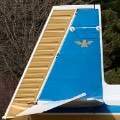
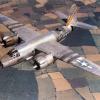
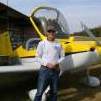
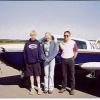

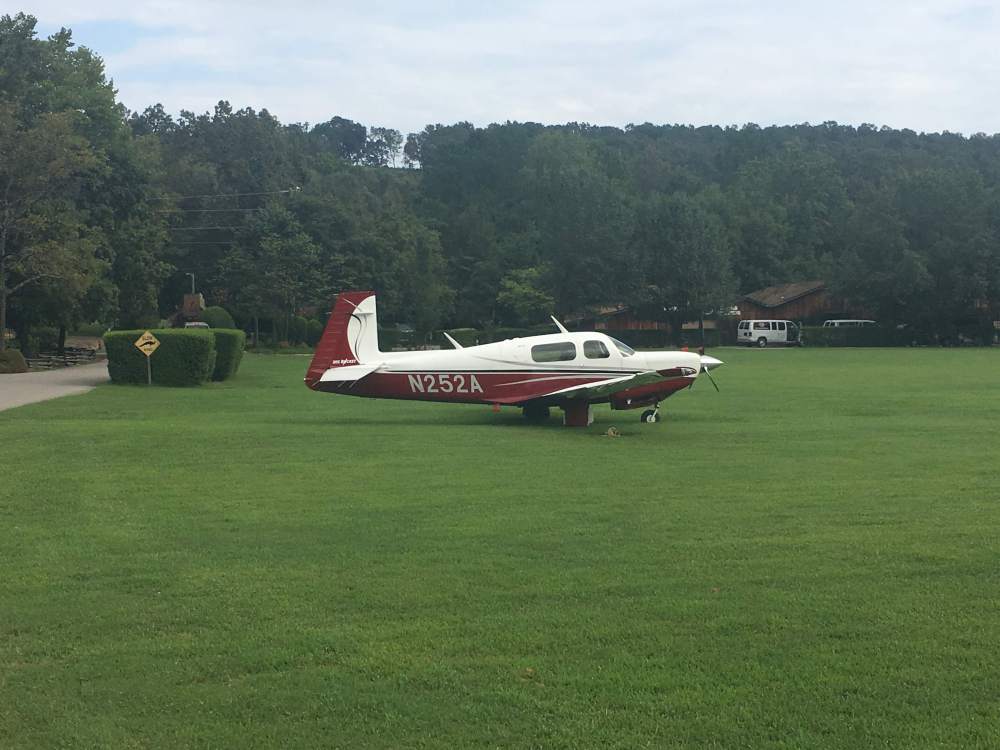
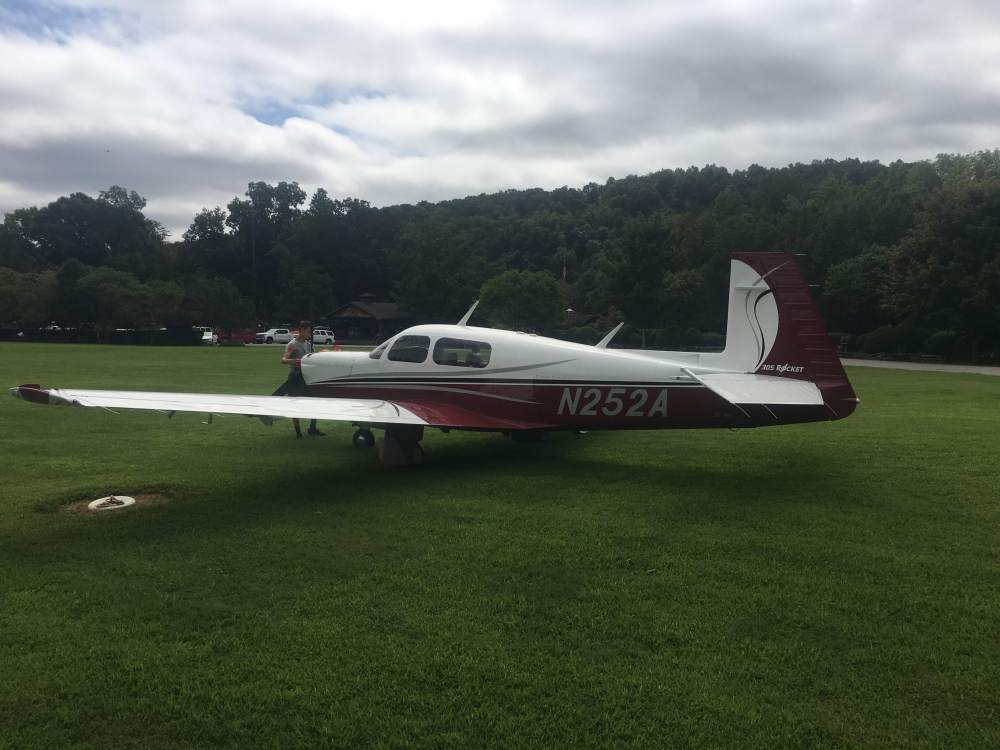
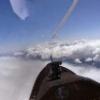
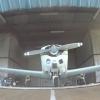

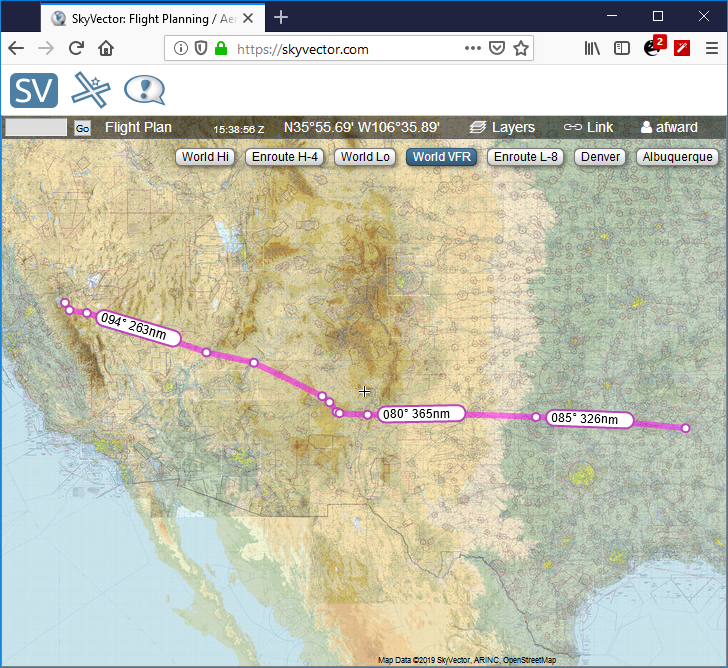
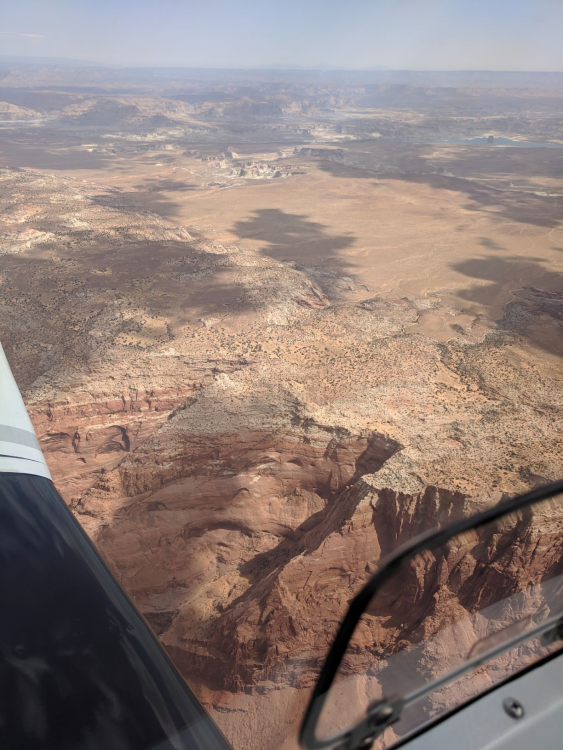
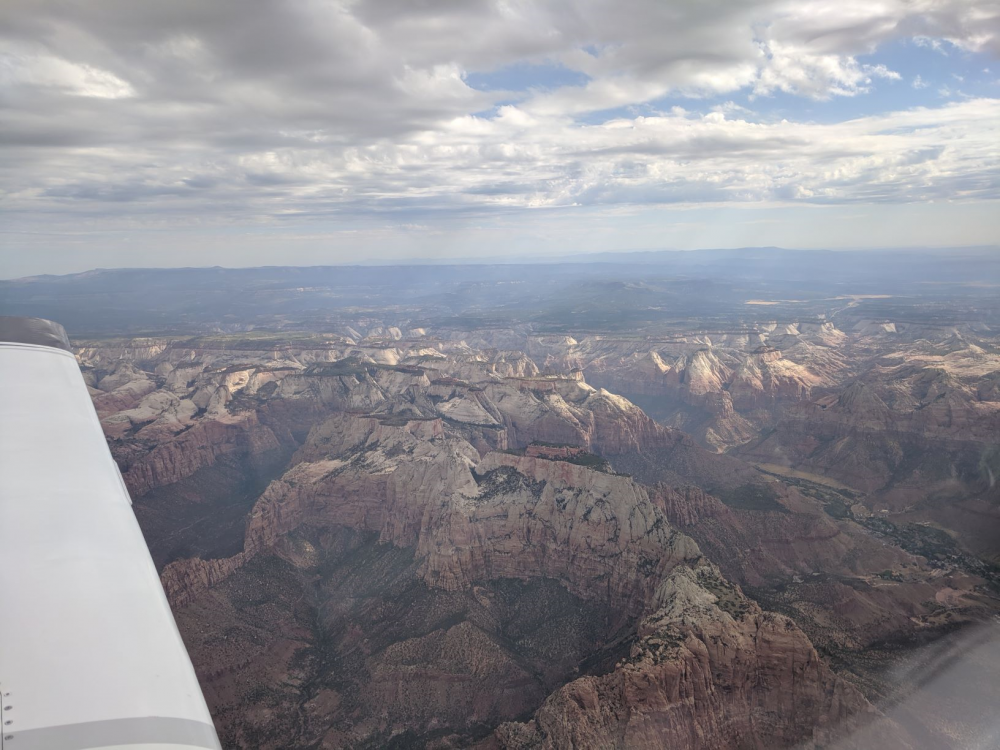
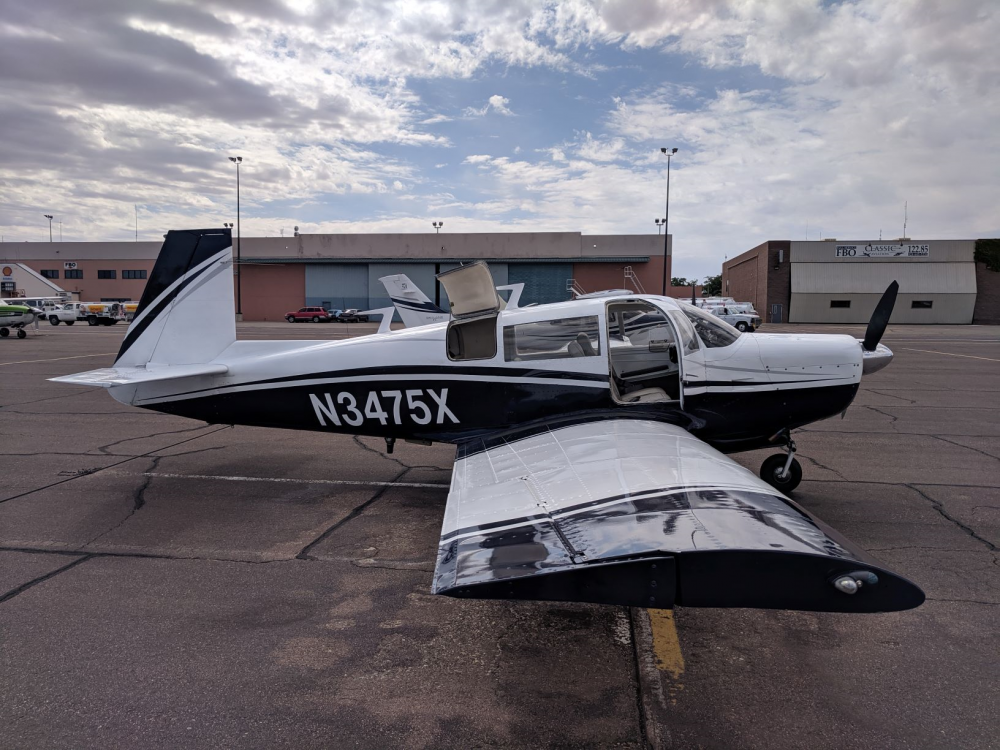
.thumb.jpg.ed6aafa91f819cec0d83fd72d0471094.jpg)
